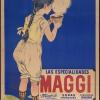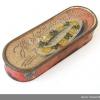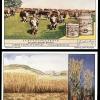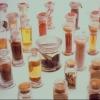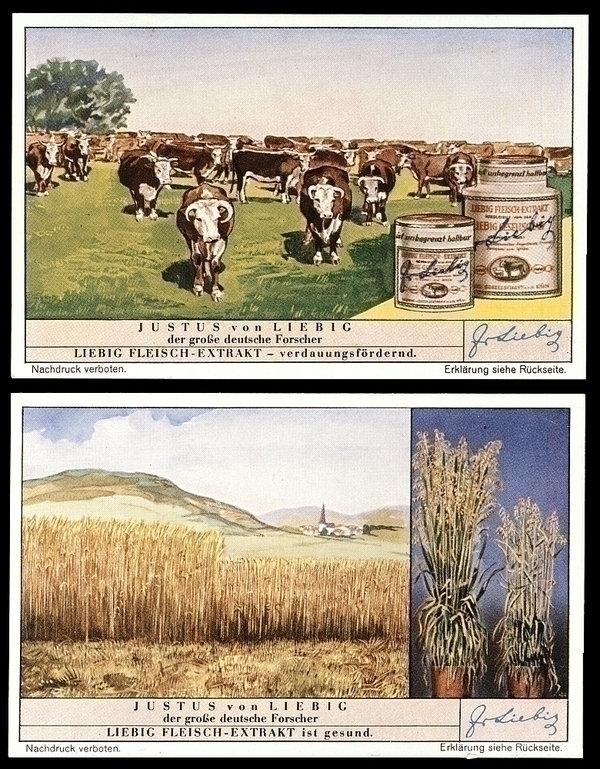Is it still meat?
A German organic chemist named Justus von Liebig developed a method for creating beef extract even before Julius Maggi had boiled his first artificial soup. To produce one hundred grams of extract required as much as three kilograms of meat, and because such an operation was too expensive in Europe, Liebig opened his first factory in Uruguay.
He immediately began exporting new product to European markets. This was in 1863, before refrigerated ships that would have made it possible to transport meat over such distances.To help instill trust in the product, adverts showed pictures both of the scientifically-reared animals and grain, while others showed Liebig's famous chemistry lab.
Liebig's meat extract was very well received by average consumers and professional chefs. Pellegrino Artusi, author of La Scienza in Cucina (Science in the Kitchen, 1891), probably the most famous Italian cookbook, promoted the extract instead of fresh broths and cited its promotion by "scientists." Similarly, the cookbook of the Amsterdam Household School (C.J. Wannée, 1911) promoted artificial extracts as "modern" cooking.
Because of its nutritional value and nearly fifteen-year shelf life, Liebig's extract was invariably popular during armed conflicts, including the Second World War. Characteristically, during the 1940s the meat extenders debuted as a means of extending supplies. Even today, meat extenders and fillers, which are usually made of soy, help produce more bulk from less meet and keep prices low.
 Previous Story
Next Story
Previous Story
Next Story
How to cite this page
Slawomir Lotysz, 'Is it still meat?', Inventing Europe, http://www.inventingeurope.eu/daily-lives/is-it-still-meat
Sources
- Capatti, Alberto and Massimo Montanari. Italian Cuisine: A Cultural History. New York: Columbia University Press, 2003.





